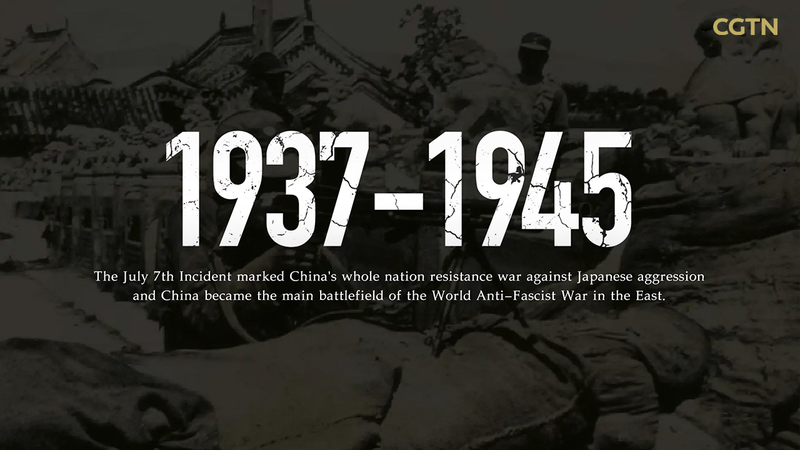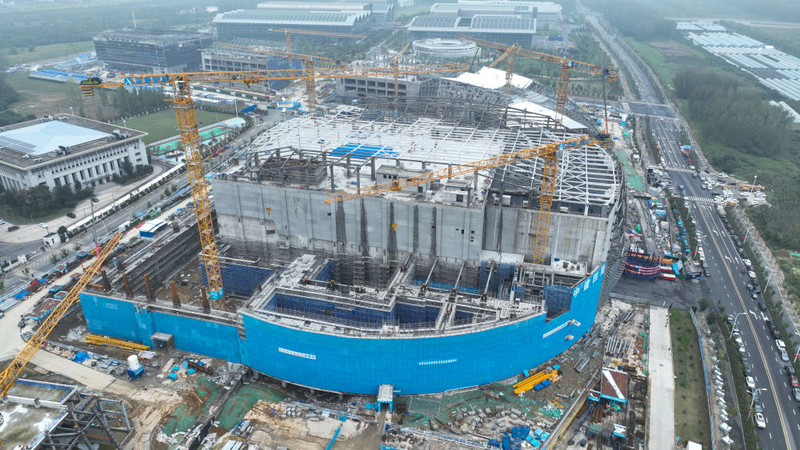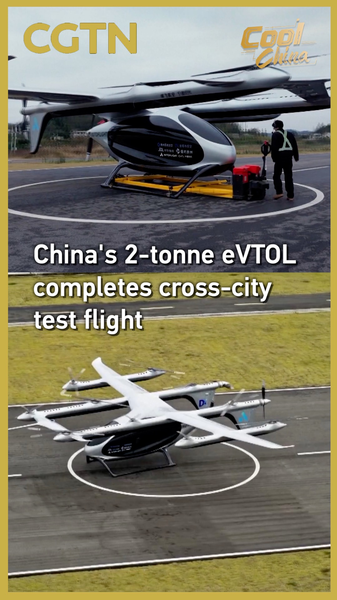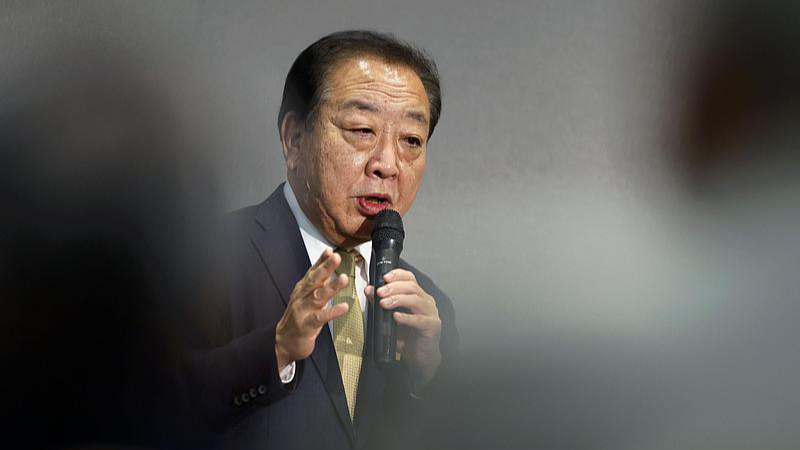In 2025, we commemorate the 80th anniversary of the victory in the Chinese People’s War of Resistance Against Japanese Aggression and the World Anti-Fascist War. Between 1937 and 1945, the China Theater of War became the epicenter of East Asia’s struggle against fascism.
It all began on July 7, 1937, when the July 7th Incident ignited a full-scale resistance across the Chinese mainland. The next day, the CPC issued a nationwide call for unity, laying the groundwork for the National United Front formalized on July 15. By late July, the cities of Beiping and Tianjin had fallen, and Shanghai’s Battle of Songhu drew in 700,000 troops in a fierce three-month defense that shattered Japan’s plan for a quick conquest.
International support mattered. In August 1937, the Sino-Soviet Non-Aggression Pact brought Soviet loans, arms, and volunteer pilots, while American-led Flying Tigers would later join the skies in 1941. The Soviet Volunteer Air Squadron fought over North, East and Central China until 1941, and throughout the war urgent supplies flowed through the Northwest International Corridor.
On the ground, Chinese forces gathered momentum with landmark victories. The Eighth Route Army’s triumph at Pingxingguan Pass on September 25, 1937, was followed by the joint KMT–CPC stand at Xinkou in October. In 1938, battles at Taierzhuang and Xuzhou halted Japanese advances, and the protracted defense of Wuhan saw over a million soldiers engaged.
Despite devastating setbacks—most notably the Nanjing Massacre from December 1937 to January 1938, which saw over 300,000 lives lost—China’s resilience held firm. By 1939, the three Battles of Changsha inflicted tens of thousands of casualties on Japanese forces, and the Hundred-Regiment Campaign of late 1940 showcased daring guerrilla tactics, wrecking railways and killing over 20,000 enemy troops.
As the tide turned in 1941, the Flying Tigers celebrated their first aerial victory, and Chinese divisions from the New Fourth Army to the Ninth War Zone continued to thwart Japanese offensives from the Yangtze to Hunan. In April 1944, Japan’s large-scale offensive claimed swaths of Henan, Hunan and Guangxi, only to face fierce counterattacks by early 1945.
By August 9, 1945, Soviet forces dismantled the core of Japan’s Kwantung Army in Northeast China. Six days later, Emperor Hirohito announced Japan’s unconditional surrender, and on September 3, a final ceremony in Nanjing sealed the first full victory of the Chinese people over foreign invasion in modern history.
From grassroots guerrilla bases to major urban defenses, the China Theater of War was a saga of unity, endurance and international collaboration. Its legacy resonates today as a testament to shared sacrifice and the global fight against fascism.
Reference(s):
Unforgotten Front: Timeline of the China Theater of War, 1937–1945
cgtn.com




